Bindii
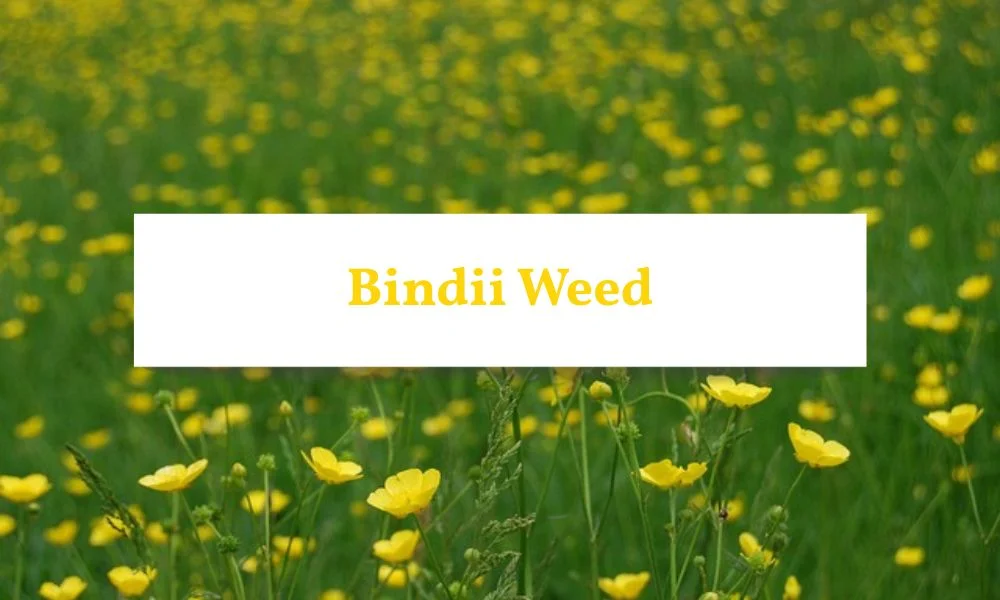
What Is Bindii Weed?
Bindii (Soliva sessilis), also known as lawn burweed or jo-jo weed, is a low-growing annual weed from the daisy family (Asteraceae). Originally native to South America, it has become widespread in Australian lawns and bushlands. Bindii is notorious for its sharp, spiny seed pods that make walking barefoot on infested lawns painful. It thrives in compacted soils and produces seeds during spring and summer, which are easily spread by foot traffic, animals, and equipment.
Characteristics of Bindii
-
Appearance: Bindii grows as a small, mat-forming plant with fern-like leaves resembling carrot foliage.
-
Flowers: Inconspicuous green-yellow flowers are produced at the base of the leaves during late autumn and winter.
-
Seed Pods: The seed pods mature into sharp, spiny capsules capable of piercing skin or paws.
-
Growth Habit: It spreads through seeds and prefers compacted soils in disturbed areas.

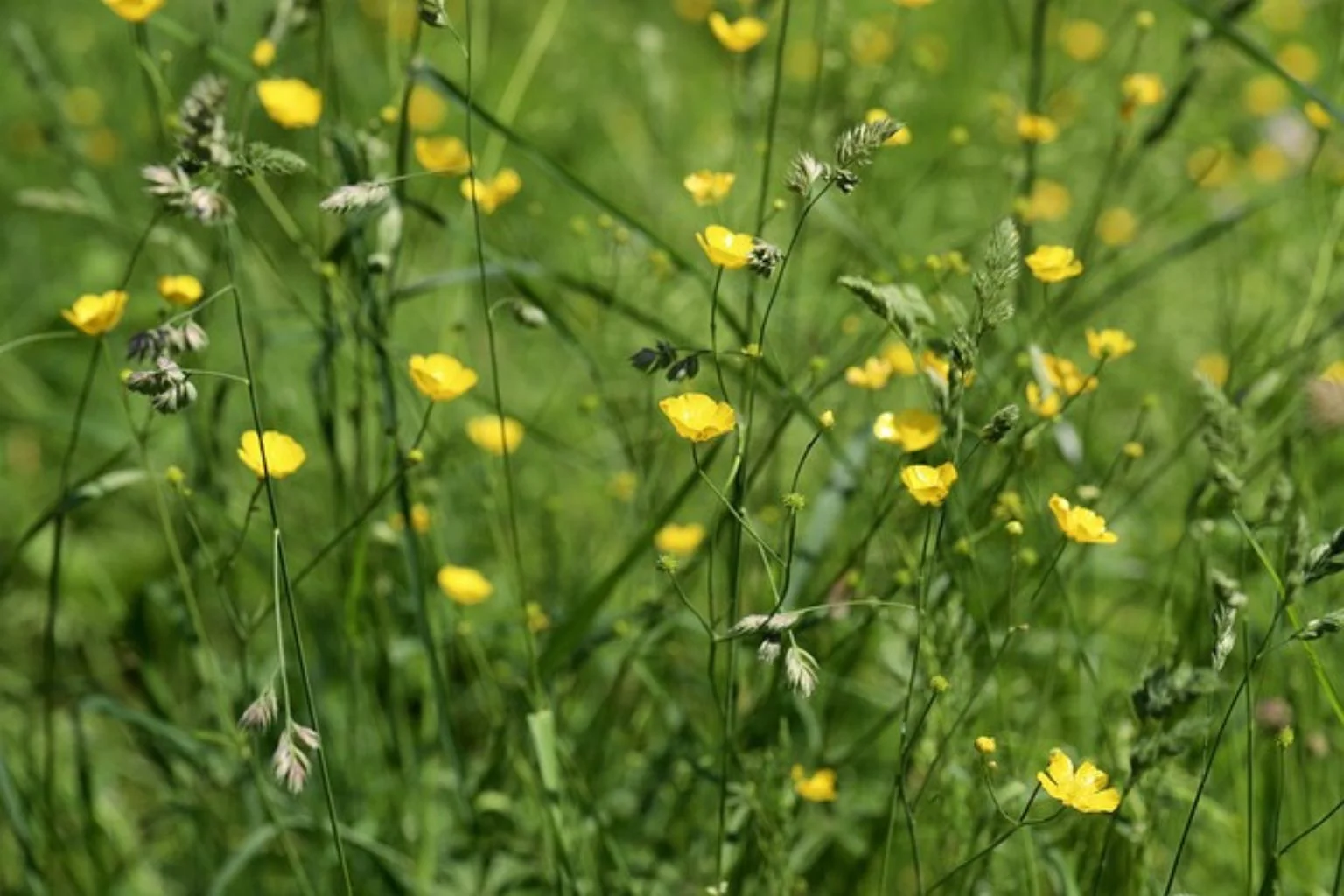
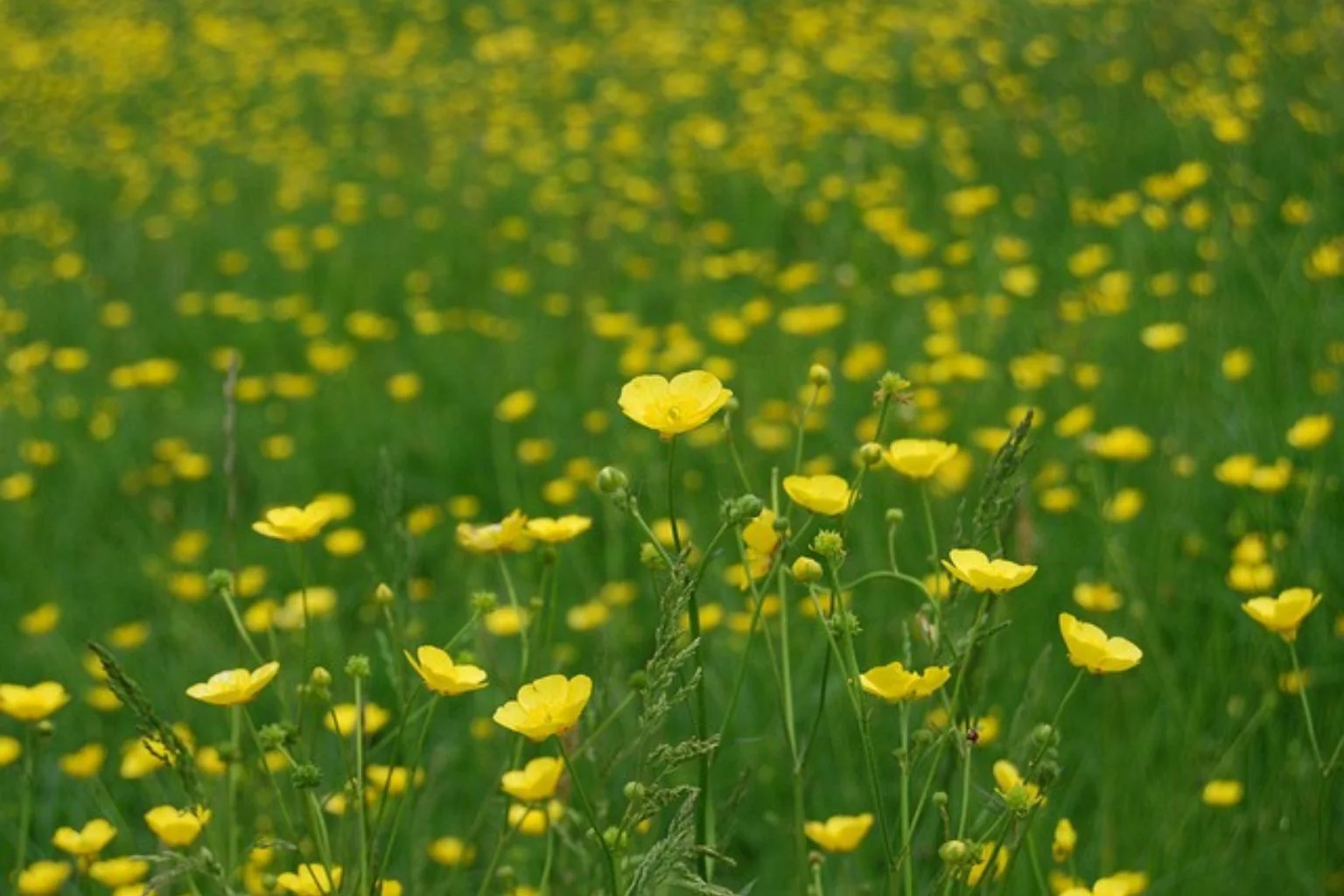
Why Is It A Problem?
Bindii is problematic because its spiny seeds cause pain and irritation to humans and animals. It can quickly invade lawns, reducing their aesthetic appeal and usability. Additionally, its seeds are easily dispersed, making it difficult to contain infestations once established.
Environmental Impact
-
Seed Dispersal: Bindii seeds spread through foot traffic, animals, water, and equipment, allowing it to invade new areas rapidly.
-
Soil Compaction: It thrives in compacted soils, which can affect the health of surrounding plants.
Agricultural and Pastoral Impact
-
Pasture Quality: Bindii reduces pasture quality by crowding out desirable grasses.
-
Injury Risk: The sharp seeds pose risks to livestock and pets grazing or walking on infested areas.
How to Identify Bindii Weed
Bindii is identified by its low-growing habit, fern-like leaves forming a rosette shape, and small green-yellow flowers at the base of the leaves. Its spiny seed pods mature during spring and summer and are light brown with long spikes capable of causing discomfort.
Effective Methods
Bindii Weed Treatment
Effective Bindii weed treatment can be a standalone or a mix of cultural practices, mechanical removal, and chemical control methods.
Cultural Practices
-
Healthy Lawn Maintenance: Aerate compacted soil with a garden fork or soil corer to improve drainage and reduce bindii establishment. Topdress with a sandy mix to further enhance soil health.
-
Regular Mowing: Mow regularly to prevent bindii from flowering and setting seed.
Mechanical Control
-
Hand-Pulling: For small infestations, bindii can be pulled out manually before it sets seed. Ensure the entire root system is removed to prevent regrowth.
Chemical Control
-
Herbicide Application: Use selective herbicides containing bromoxynil plus MCPA or dicamba for effective control of bindii before seed pods mature. Herbicides like Yates Weed’n’Feed Buffalo Lawn or Richgro Lawn Feed & Weed are commonly recommended. Apply during late autumn or early spring when plants are actively growing for best results.
-
Repeat Spraying: Spray every 2–3 weeks to target new plants emerging after initial treatment.
Preventative Measures
-
Mulching: Apply an organic mulch layer (e.g., sugarcane or pine bark) in garden beds to suppress weed growth by blocking sunlight.
-
Inspect Outdoor Areas: Regularly check lawns for bindii seeds on shoes, clothing, pets, or tools to prevent further spread.






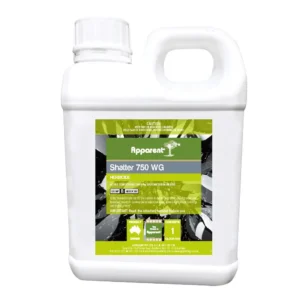

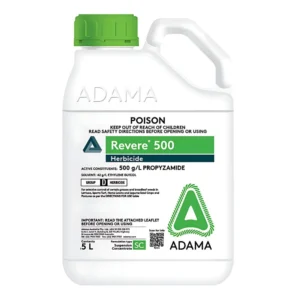
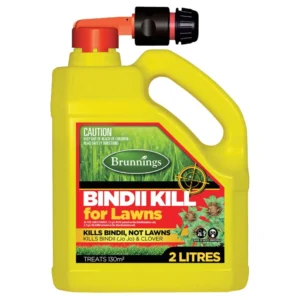
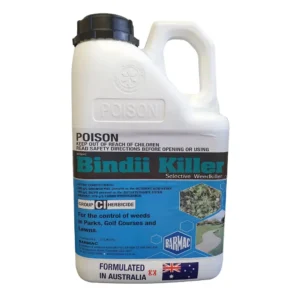
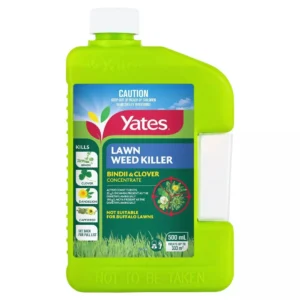
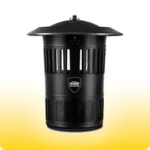 Mosquito Traps
Mosquito Traps